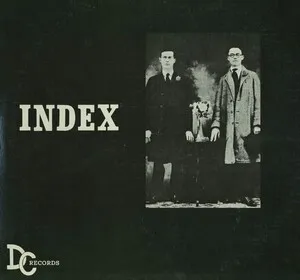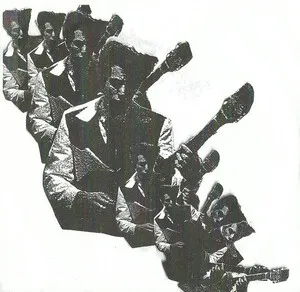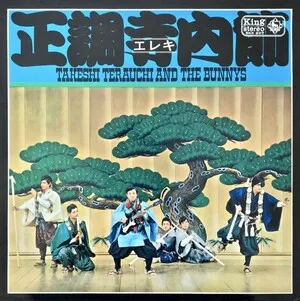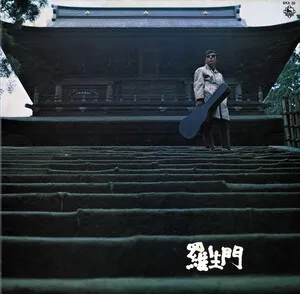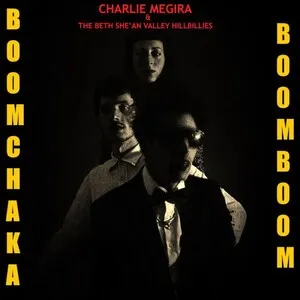Surf rock is a guitar-driven rock style that emerged in early-1960s Southern California, defined by spring-reverb-drenched electric guitars, rapid tremolo picking, and pounding backbeats that evoke the motion of ocean waves.
The genre has two intertwined strands. Instrumental surf emphasizes minor keys, exotic/Mediterranean and Middle Eastern scales, staccato melodies, and clean-but-bright tones from Fender-style guitars and amps. Vocal surf layers rich, Beach Boys–style harmonies and teen-oriented lyrics about surfing, cars, and summer life onto rock-and-roll foundations.
Hallmarks include the "drip" of outboard spring reverb tanks, snare- and tom-heavy drum patterns, driving bass ostinatos, and melodic lead lines that favor open strings and fast alternate picking. The result is energetic, danceable music that is both sun-soaked and slightly otherworldly.
Surf rock coalesced in Southern California’s surf scene, where teen dance combos fused instrumental rock and roll with twangy, high-reverb guitar sounds. Dick Dale, performing at the Rendezvous Ballroom, popularized rapid tremolo picking and Middle Eastern–derived melodies on a loudly amplified Fender setup, establishing the instrumental surf template. Early sides like The Bel-Airs’ "Mr. Moto" (1961) helped define the sound.
By 1962–63 the style exploded. Instrumental classics such as The Chantays’ "Pipeline," The Surfaris’ "Wipe Out," and Dick Dale’s version of "Misirlou" spread the reverb-soaked sound worldwide. In parallel, vocal surf—led by The Beach Boys and Jan & Dean—brought layered harmonies, car/surf imagery, and pop craftsmanship to the charts. Affordable Fender guitars/amps and outboard spring reverb units made the signature tone widely accessible.
The British Invasion changed U.S. youth tastes, pushing many surf bands toward related forms (hot-rod rock, sunshine pop) or out of the spotlight. While the initial wave ebbed, surf guitar’s tones and techniques seeped into film/TV scoring and informed emerging garage and psychedelic sounds.
Punk-era energy and 1980s–90s garage/surf revivals (e.g., The Mermen, Man or Astro-Man?, Los Straitjackets, Laika & the Cosmonauts) reignited interest. Quentin Tarantino’s Pulp Fiction (1994) reintroduced the style to mainstream audiences via "Misirlou." Today surf rock persists globally, inspiring indie-surf, surf punk, and filmic "spy" guitar music while remaining a staple of instrumental guitar culture.

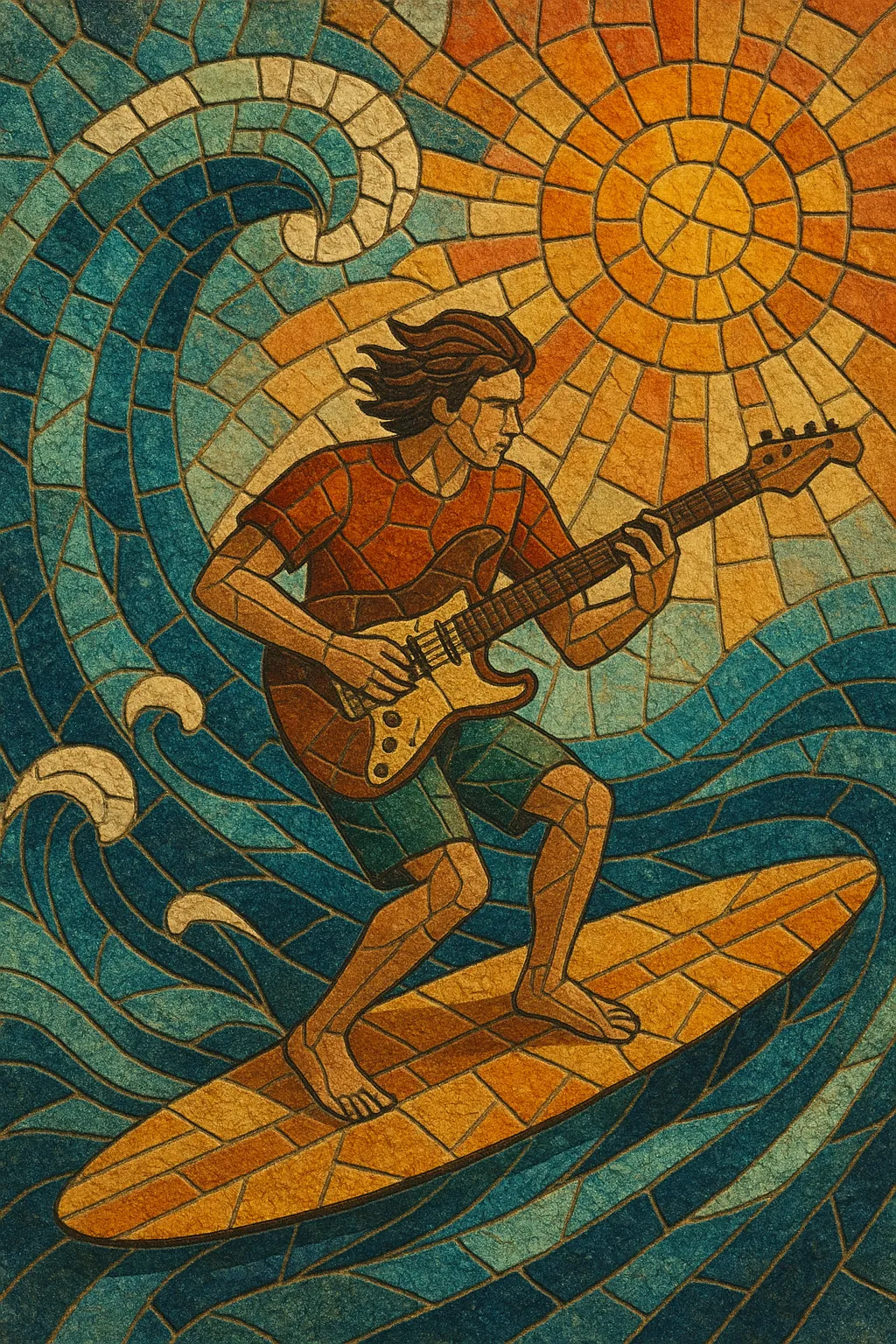
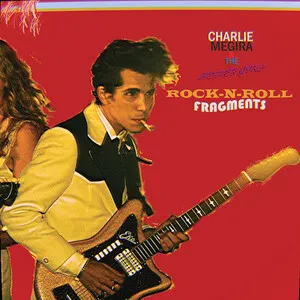%2C%20Cover%20art.webp)
